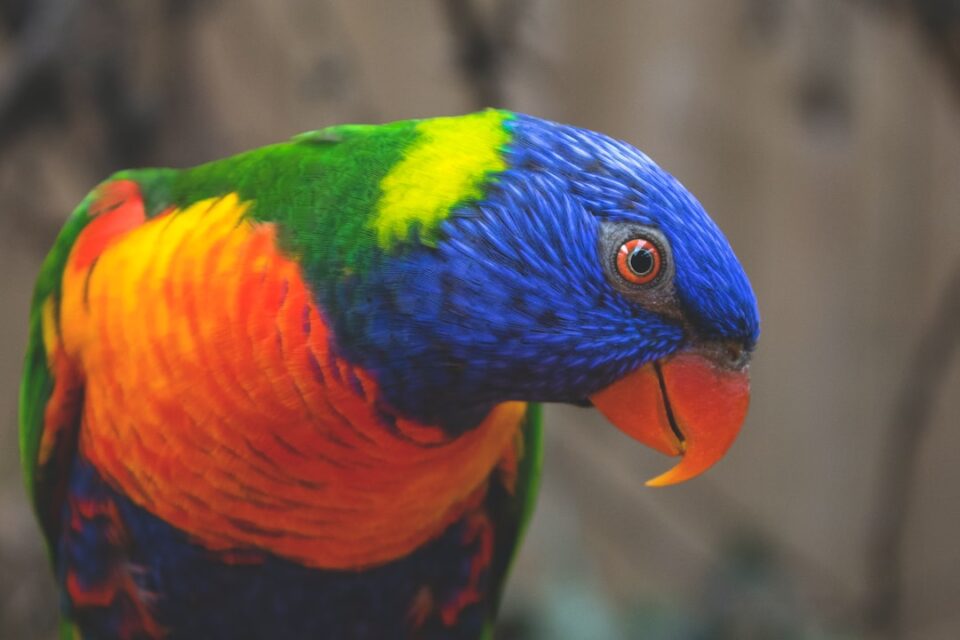Animal Communication: Exploring the Language of Wildlife
Humans are not the only species on Earth with the ability to communicate. Animals, too, have their own ways of conversing with one another. From birds singing their melodies to dolphins utilizing complex sonar systems, the language of wildlife is vast and intriguing.
Communication plays a vital role in the survival of various species. It allows animals to express their needs, establish territories, attract mates, warn of danger, and even coordinate group activities. By delving into the fascinating world of animal communication, we gain a deeper appreciation for the rich diversity of life on our planet.
One remarkable example of animal communication is the intricate songs sung by birds. Each species has its own unique song, which is used primarily by males to establish territory and attract females. The songs act as a vocal business card that tells other birds who is in the vicinity, their species, and their intentions. Some birds, like the nightingale, have a repertoire of different songs that they use to advertise their fitness as a mate. The more complex the song, the higher their chances of finding a mate.
Another fascinating method of animal communication can be observed in the marine world, particularly with dolphins. Dolphins are highly intelligent creatures that employ a sophisticated system of clicks, whistles, and body postures to communicate. Through these signals, they are able to convey messages to one another, such as warnings of predators or the location of food sources. Their communication abilities are so advanced that they can even mimic the sounds of other dolphins, demonstrating a level of diversity and complexity in their language.
In the insect realm, bees have their own unique way of communicating with their hive mates. They perform a dance known as the “waggle dance” to relay information about food sources. By moving in a figure-eight pattern and shaking their abdomens, they communicate the distance, direction, and quality of the food they have discovered. This remarkable dance allows the entire hive to coordinate their foraging efforts in the most efficient manner.
Even animals that are not as commonly associated with complex communication systems can demonstrate their own distinctive methods of expression. For example, elephants use a combination of vocalizations, body language, and infrasound to communicate with one another over long distances. Their trumpets, rumbles, and other vocalizations can convey emotions, coordinate group movements, and even warn of potential danger.
While the ways animals communicate may differ from human language, they are nonetheless sophisticated and essential for their survival. Their methods may not involve words or complex grammatical structures, but these forms of communication hold great depth and meaning within their respective species.
Understanding animal communication not only enriches our knowledge of the natural world but also offers valuable insights into our own human communication systems. It reminds us that language takes many forms, and that the ability to express oneself in diverse ways is not solely a human trait. By studying animal communication, scientists can gain a deeper understanding of the complexity of language and its evolution.
However, it is important to approach the study of animal communication with caution and respect. As humans, we must recognize that we will never truly understand the entirety of the language of wildlife. Animals have their own unique ways of communicating, and trying to interpret their behavior solely through the lens of human understanding diminishes their complexity and individuality.
In conclusion, animal communication is a captivating field of study that sheds light on the intricate languages of wildlife. From birds serenading their surroundings to dolphins conversing through clicks and whistles, the ways in which animals communicate are diverse and remarkable. By immersing ourselves in their world, we gain a deeper appreciation for the complexity and beauty of the natural kingdom.

